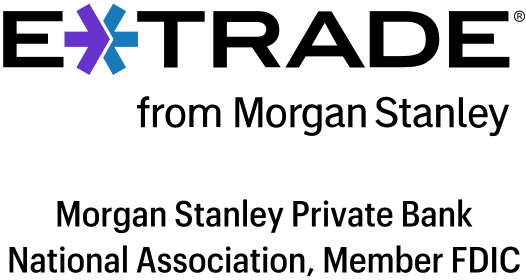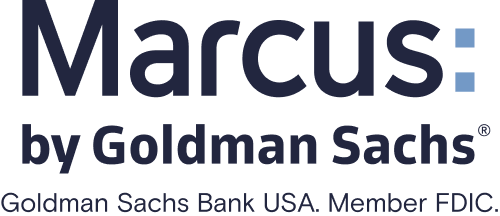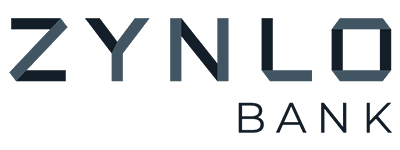4 Alternatives to Big Banks
Credit unions, community banks, online banks and neobanks have different strengths and gaps. See what works for you.

Many, or all, of the products featured on this page are from our advertising partners who compensate us when you take certain actions on our website or click to take an action on their website. However, this does not influence our evaluations. Our opinions are our own. Here is a list of our partners and here's how we make money.
Table of Contents
Table of Contents
Big banks are widely known in the banking industry, from commercials to big city streets, but that doesn’t make them the best fit for you.
Many of the biggest U.S. banks share many of the same benefits, including large networks of bank-owned branches and ATMs and robust mobile apps. But they also share many of the same drawbacks, such as high overdraft fees and low savings rates.
If you want different benefits to better suit your needs, consider one of these four alternatives to big banks.
» Learn more: How to choose a bank
Credit unions
Pros:
Community and customer support are a focus.
Savings and share certificate rates can be higher than at banks. (Share certificates are a credit union's equivalent of certificates of deposit.)
Cons:
Membership can be limited by geography or other factors.
Adoption of newer technology can be slower than at big banks.
Overview: Credit unions are not-for-profit institutions that provide similar accounts, services and deposit protections as banks, but they generally emphasize community support. Outside operating costs, profits tend to return to a credit union’s members in the form of low fees and attractive rates. Compared with banks, on average, credit unions pay higher interest rates for certain savings accounts and charge lower rates for auto and home loans, according to December 2023 data from the National Credit Union Administration.
Each credit union limits who can join as a member based on certain factors, such as where one is living or working, having a relative who's a member, or even being affiliated with a certain group through a small one-time donation. Membership requirements mean credit unions aren’t always available to everyone. Another potential downside to credit unions is that they tend to lag in adopting new technologies, such as mobile banking capabilities, that big banks have the means to invest in quicker.
» SEE: The best credit unions
Community banks
Pros:
Focus on relationships, especially for mortgages and small-business loans.
Locations in rural and other areas where big banks don’t often cover.
Cons:
Smaller ATM and branch networks.
Adoption of newer technology can be slower than at big banks.
Overview: Community banks are smaller financial institutions, as measured by asset size, that focus on specific geographic areas. The Independent Community Bankers of America defines them as banks with assets of $50 billion or less, while the Federal Reserve puts the threshold at less than $10 billion. These provide a vital neighborhood presence for relationship-based banking, especially for mortgages and small-business loans. The banks can consider more personalized factors, such as family history, for loans than big banks can.
Historically, community banks are the only physical bank for miles in certain parts of the country, especially in rural areas. And rural customers visit banks almost twice as much as urban and suburban customers, according to a 2019 study by the Federal Deposit Insurance Corp.
Like credit unions, community banks also have difficulty keeping up with newer technology used by bigger institutions and online-focused providers. And due to their size and resources, their networks of ATMs and branches are far more localized and smaller than big banks’ networks.
» Learn more about a mission-driven subset of community banks called CDFIs

Member FDIC
Forbright Bank Growth Savings

4.00%
$0

Member FDIC
Varo Savings Account

5.00%
$0

Member FDIC
E*TRADE Premium Savings

3.50%
$0
Online banks
Pros:
Competitive rates on savings and CDs.
Minimal fees.
Focus on the online and mobile banking experience.
Cons:
No in-person customer support.
Lack of certain banking services, such as cash deposits and various checks.
Overview: Online banks are licensed banks with generally nationwide access through websites and often through mobile apps. Because they’re branchless and not paying for brick-and-mortar locations, online banks can pass on savings in the form of minimal fees and some of the highest available rates for savings accounts and CDs. Some online banks are stand-alone entities and others are online divisions of traditional banks. Either way, customers’ money is insured by the Federal Deposit Insurance Corp.
» COMPARE: The best online banks
Going with an online bank means giving up certain services, which can include customer support at a branch, cash deposits, wire transfers and cashier’s checks. In addition, not all online banks offer the same variety of accounts, so be sure you choose one that has the kinds of accounts you need, whether it’s checking, savings or both. (If you’re deciding between online and traditional banks, see a list of how their services differ.)
Neobanks
Pros:
Generally innovative banking features, such as early direct deposit and budgeting tools.
Minimal fees.
Cons:
No in-person support.
Typically less established than other financial institutions.
Overview: Neobanks are nonbank financial technology companies that offer internet-based banking services, especially low-cost checking accounts with more perks than traditional institutions offer. Neobanks, such as Chime and Current, are not banks themselves and instead partner with one or more banks to provide their accounts. Neobanks have FDIC-insured accounts held at partner banks.

» See our list of neobanks and what they offer
These institutions use technology to provide features that many of the biggest banks and some online banks don’t offer, such as two-day-early access to direct deposits, cash deposits at retailers and more. Early access to direct deposits has become more widely adopted, and neobanks helped popularize it. Budgeting tools, automatic savings programs, cash-back rewards and free overdraft coverage might be part of their offering, and neobanks can have their foundation in one product and then build to offer more over time.
Like online banks, neobanks don’t have every service that brick-and-mortar banks do, such as in-person support. And only a few neobanks offer high savings rates. There were reports in 2021 of neobanks, especially Chime, having slow customer support response times and dealing with suspected account fraud by closing accounts abruptly instead of giving sufficient time for customers to respond to claims.












